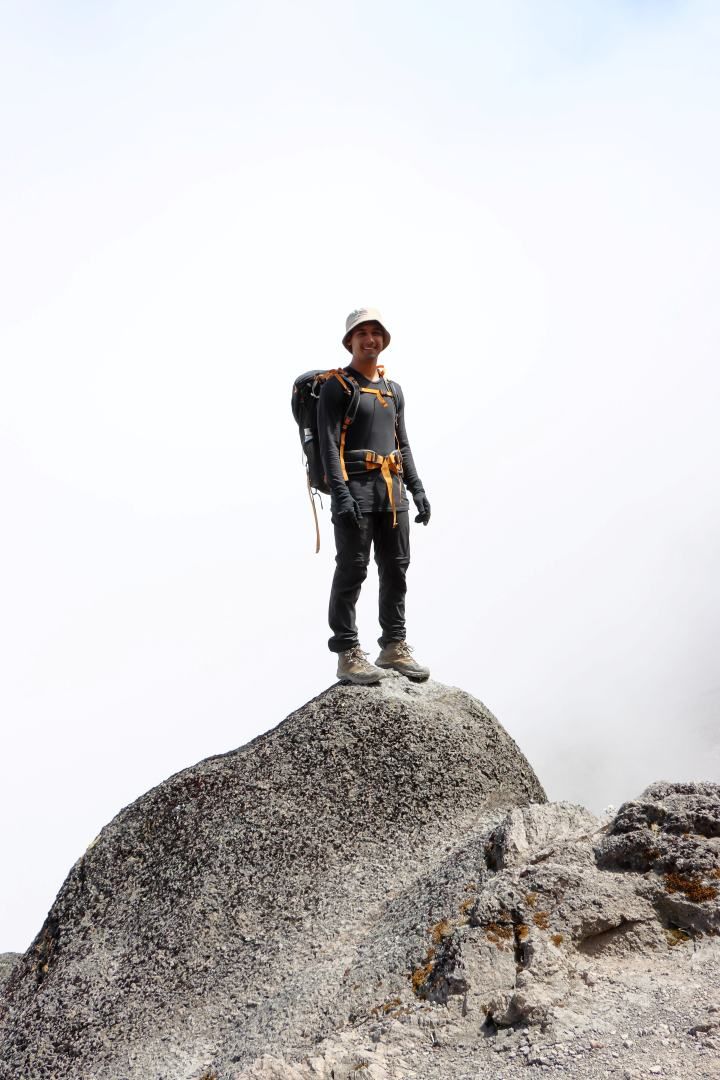
Solo Climbing Mount Kilimanjaro: A Guide by Serengeti Wildlife Safaris
Solo climbing Mount Kilimanjaro, Africa’s highest peak and one of the Seven Summits, is a bold and rewarding adventure. While solo treks are less common due to the requirement of a support team (guides and porters), Serengeti Wildlife Safaris can organize an unforgettable solo climbing experience tailored to your needs.
This guide covers everything you need to know about climbing Kilimanjaro solo, from preparation to the unique benefits of going it alone.
Preparation for a Solo Kilimanjaro Climb
1. Physical Fitness
Achieving the summit requires excellent physical conditioning.
- Cardiovascular Training: Incorporate hiking, running, and cycling into your routine to improve stamina for long trekking days.
- Strength Training: Focus on building leg and core strength with exercises like squats, lunges, and planks.
- Hiking Practice: Train on uneven terrain to simulate the conditions on Kilimanjaro.
2. Research and Planning
Proper planning is essential for a successful solo climb.
- Route Selection: Choose a route that matches your experience and preferences. Popular routes include:
- Marangu Route: Known as the “Coca-Cola” route, ideal for beginners.
- Machame Route: Offers stunning scenery, best for adventurous climbers.
- Lemosho Route: A longer route with excellent acclimatization opportunities.
- Rongai Route: A quieter route starting from the northern side.
- Acclimatization: Opt for longer routes (7-9 days) to allow better adjustment to the altitude.
3. Permits and Regulations
- Park Permits: All climbers must register, pay park fees, and adhere to Tanzania National Parks Authority (TANAPA) regulations. Serengeti Wildlife Safaris will assist with all necessary permits.
- Support Team: Even as a solo climber, Kilimanjaro regulations require you to hire a licensed guide, and porters are optional but recommended for carrying gear.
Essential Gear for Solo Climbing
Investing in high-quality trekking gear ensures comfort and safety.
- Clothing: Pack layered clothing to handle Kilimanjaro’s extreme weather, from tropical heat to freezing summit temperatures.
- Footwear: Wear sturdy, waterproof hiking boots with proper ankle support.
- Sleeping Gear: A four-season sleeping bag and insulated sleeping mat are crucial for cold nights.
- Backpack: Carry a durable backpack with a rain cover for day essentials.
- Accessories: Trekking poles, a headlamp, a water purification system, and a reliable GPS device or map are essential for navigation and safety.
Challenges of Solo Climbing Kilimanjaro
1. Altitude Sickness
- Symptoms: Headaches, nausea, dizziness, and fatigue.
- Prevention: Acclimatize properly, hydrate regularly, and ascend slowly. If symptoms worsen, descending immediately is vital.
2. Navigation
While Kilimanjaro routes are well-marked, having a GPS device, map, or guidebook is advisable for solo climbers.
3. Safety Concerns
- Solo climbers lack immediate peer support in emergencies.
- Essential items: A first aid kit, satellite phone, or GPS locator beacon for communication.
- Notify someone of your itinerary and expected return date.
Tips for a Successful Solo Climb
1. Train Extensively
Build endurance and prepare for the physical and mental challenges of trekking alone.
2. Go at Your Own Pace
Listen to your body and take regular breaks. Conserve energy for the final summit push.
3. Prepare for Weather Changes
Be ready for Kilimanjaro’s unpredictable weather, including rain, strong winds, and freezing summit temperatures.
4. Stay Positive
Solo climbing requires self-reliance and mental strength. Keep a positive mindset and focus on your goal.
Benefits of Solo Climbing Kilimanjaro
1. Personal Achievement
Reaching the summit solo is a monumental accomplishment and a testament to your determination.
2. Freedom and Flexibility
Without the dynamics of a group, you have the flexibility to set your pace and adjust plans as needed.
3. Deeper Connection with Nature
Experience the solitude and beauty of Kilimanjaro in an immersive way, allowing for a more personal connection with the mountain’s landscapes.
Why Choose Serengeti Wildlife Safaris for Your Solo Climb?
At Serengeti Wildlife Safaris, we prioritize safety, comfort, and success for every climber, especially solo adventurers. Our services include:
- Expert and certified guides with extensive high-altitude experience.
- Pre-climb planning assistance, including route selection and gear recommendations.
- Safety-focused itineraries with acclimatization strategies.
- Personalized support to match your unique goals and needs.
Conclusion
Solo climbing Mount Kilimanjaro is a unique adventure that combines personal growth, physical challenge, and breathtaking natural beauty. While it requires thorough preparation, determination, and self-reliance, the rewards of summiting Africa’s tallest peak alone are unmatched.
With Serengeti Wildlife Safaris, you can embark on this incredible journey with confidence. Let us help you achieve your dream of conquering Kilimanjaro.
Ready to plan your solo climb?
📧 Email: info@serengetiwildlifesafaris.com
📞 WhatsApp/Call: +255 756 941 443
